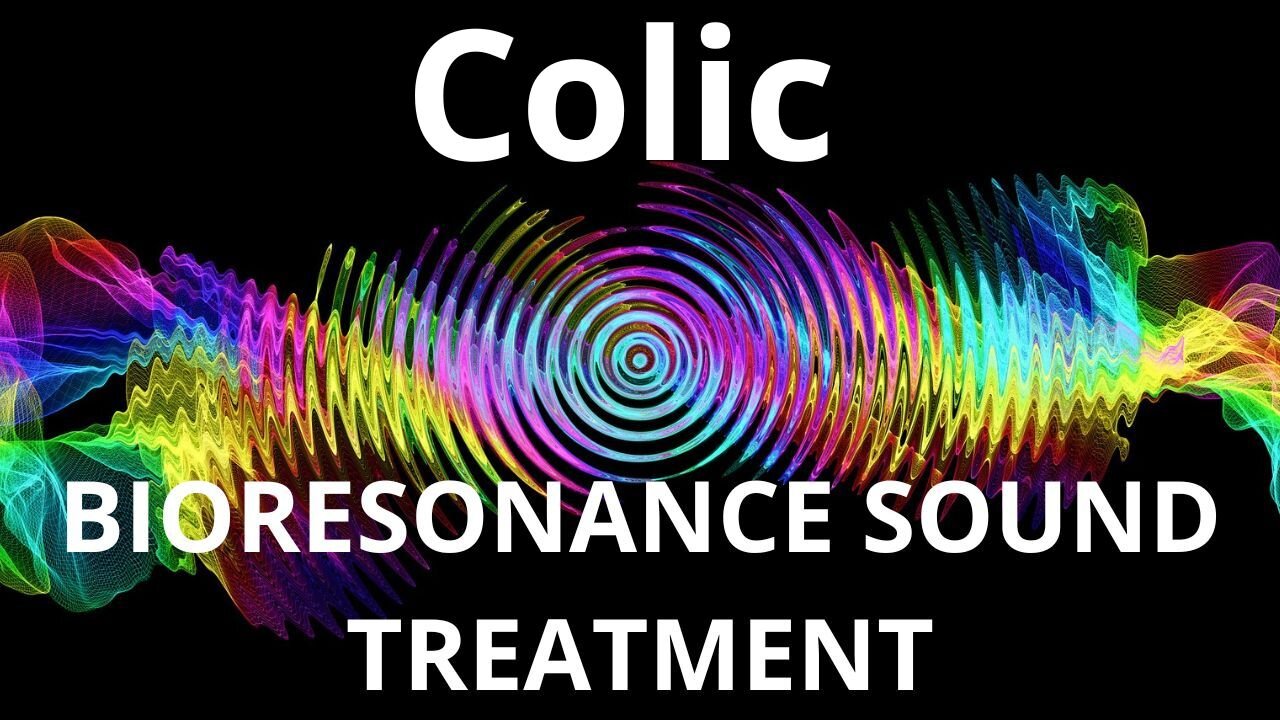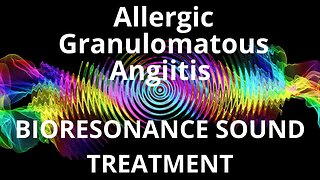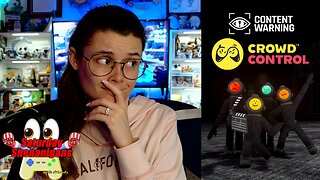Premium Only Content

Colic_Resonance therapy session_BIORESONANCE SOUND THERAPY
Colic is frequent, prolonged and intense crying or fussiness in a healthy infant. Colic can be particularly frustrating for parents because the baby's distress occurs for no apparent reason and no amount of consoling seems to bring any relief. These episodes often occur in the evening, when parents themselves are often tired.
Episodes of colic usually peak when an infant is about 6 weeks old and decline significantly after 3 to 4 months of age. While the excessive crying will resolve with time, managing colic adds significant stress to caring for your newborn child.
You can take steps that may lessen the severity and duration of colic episodes, alleviate your own stress, and bolster confidence in your parent-child connection.
Babies have been known to fuss and cry, especially during the first three months of life. The range for what's considered typical crying is difficult to pin down. In general, colic is defined as crying for three or more hours a day, three or more days a week, for three or more weeks.
Features of colic may include the following:
Intense crying that may seem more like screaming or an expression of pain
Crying for no apparent reason, unlike crying to express hunger or the need for a diaper change
Extreme fussiness even after crying has diminished
Predictable timing, with episodes often occurring in the evening
Facial discoloring, such as skin flushing or blushing
Body tension, such as pulled up or stiffened legs, stiffened arms, clenched fists, arched back, or tense abdomen
Sometimes there is relief in symptoms after the infant passes gas or has a bowel movement. Gas is likely the result of swallowed air during prolonged crying.
Music affects a person, it can calm and cheer up, sounds can heal. The therapeutic effect is due to the frequency fluctuations of various sounds that resonate with various organs of the body. Sounds have bioresonance compatibility with the vibrations of human internal organs, which is the basis of the positive effect of sound treatment. The sound vibrations of music trigger many mechanisms of higher nervous activity in the patient's subconscious and start the healing process.
Sound therapy does not replace medical treatment, but complements it, improves the positive dynamics of treatment and speeds up recovery.
TO ACHIEVE A POSITIVE RESULT, DAILY LISTENING TO VIDEOS IS REQUIRED.
I wish you health and prosperity!
You can purchase unique medicines in my store:
https://store11998180.company.site/
You have the opportunity to support the channel:
https://destream.net/live/RadSiarAl/donate
-
 32:03
32:03
BIORESONANCE SOUND THERAPY
14 days agoAllergic Granulomatous Angiitis _ Sound therapy session _ Sounds of nature
1371 -
 2:33:51
2:33:51
John Crump Live
18 hours ago $23.74 earnedSaturday Night Main Event!
110K12 -
 13:57
13:57
TimcastIRL
1 day agoTrump NUKES IRS After DOGE Investigation, OVER 9000 Employees To Be FIRED
125K178 -
 13:35
13:35
Russell Brand
17 hours agoPFIZER JUST MADE THEIR NEXT MOVE AND EXPERTS ARE TERRIFIED
147K316 -
 1:15:57
1:15:57
Victor Davis Hanson Show
1 day agoOver Here, Over There: the Russo-Japanese War and Trumpian Peace Policy
70.5K35 -
 23:55
23:55
MYLUNCHBREAK CHANNEL PAGE
1 day agoThe Nephilim Are Here
96.3K96 -
 1:00:58
1:00:58
Break The Cycle w/ Joshua Smith
14 hours ago $1.87 earnedBreak The Cycle Ep. 247: Funny Guys w/ Robbie "The Fire" Bernstein
30.8K1 -
 41:26
41:26
TheTapeLibrary
1 day ago $10.21 earnedThe Disturbing Horrors of the Trans-Allegheny Lunatic Asylum
62.1K7 -
 10:07
10:07
Tundra Tactical
15 hours ago $6.95 earnedTRUMP'S HUGE GUN RIGHTS MOVE!
42.8K9 -
 1:53:23
1:53:23
Mally_Mouse
15 hours agoSaturday Shenanigans!! - Crowd Control - Content Warning
32.3K1